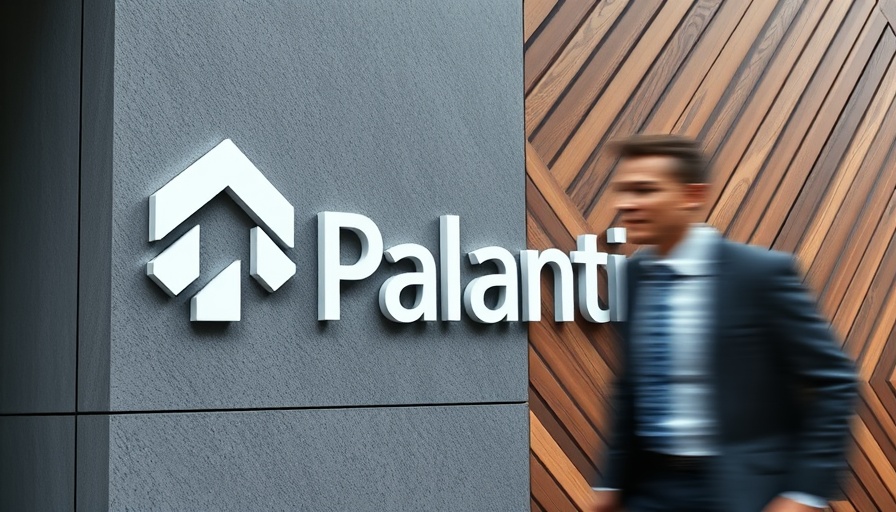
US Stock Market Recovery: A Pivotal Moment for Investors
The recent resurgence of the US stock market is posing a critical test of investor confidence, particularly in the context of an emerging shift towards European investments. Following a volatile period, the US market's bounce-back has raised questions about the sustainability of this trend and the potential benefits of diversifying portfolios beyond American borders.
Understanding the Rotation: What Does it Mean for Investors?
As the phrase “rotation to Europe” becomes increasingly popular among financial analysts, it signifies a strategic pivot where investors are encouraged to seek opportunities in European stocks, potentially spurred by favorable economic forecasts and valuation disparities. Many observers believe that Europe presents robust prospects for growth relative to the US, particularly as it navigates post-pandemic recovery.
Shifts in Business Sentiment
Recent business trend observations suggest a growing sentiment among Silicon Valley startups and Bay Area entrepreneurs that the tech industry is transforming. Innovators are looking beyond local markets, recognizing that international expansion may yield advantageous returns. For instance, venture capital funding is witnessing increased interest in European tech ecosystems, which are attracting global attention and investment.
Analyzing Economic Indicators and Forecasts
Investors must consider several economic indicators when evaluating the potential of European markets. Key metrics include corporate earnings reports, employment trends, and shifts in consumer behavior, all of which influence stock performance. Current data suggests that many European companies are outperforming their US counterparts in terms of profitability and resilience, further bolstering the case for international investment.
The Impact of Global Trends on Local Business
The movement towards Europe reflects a broader trend in global economic interconnectivity, impacting not only large corporations but small businesses as well. In the Bay Area, there is an emergent narrative around sustainability in business practices, with local firms adapting to global corporate social responsibility standards. This adaptation is crucial for maintaining relevance in a rapidly changing market landscape.
Practical Insights: How Businesses Can Adapt
For local business leaders pondering this transition, there are actionable insights to consider. Fostering corporate partnerships with European companies can open new avenues for growth. Furthermore, businesses can leverage technology to enhance operational efficiency and improve supply chain resilience, thereby increasing their competitiveness in both local and international markets.
Future Predictions: What Lies Ahead?
Looking forward, analysts suggest that as economic integration deepens, the links between US and European markets will grow stronger. Companies that prepare to navigate these waters have the potential to significantly enhance their market presence. This could lead to a thriving startup ecosystem that benefits from the cross-pollination of ideas and innovations.
Conclusion: The Case for Global Outlook
As investors weigh their options in a recovering stock market, the rotation to Europe offers a compelling narrative. Understanding the dynamics of global market shifts is essential for making informed investment decisions that can lead to sustained business growth. Keep an eye on how this trend evolves and consider how you might strategically align your portfolio to maximize benefits.
 Add Row
Add Row  Add
Add 



Write A Comment